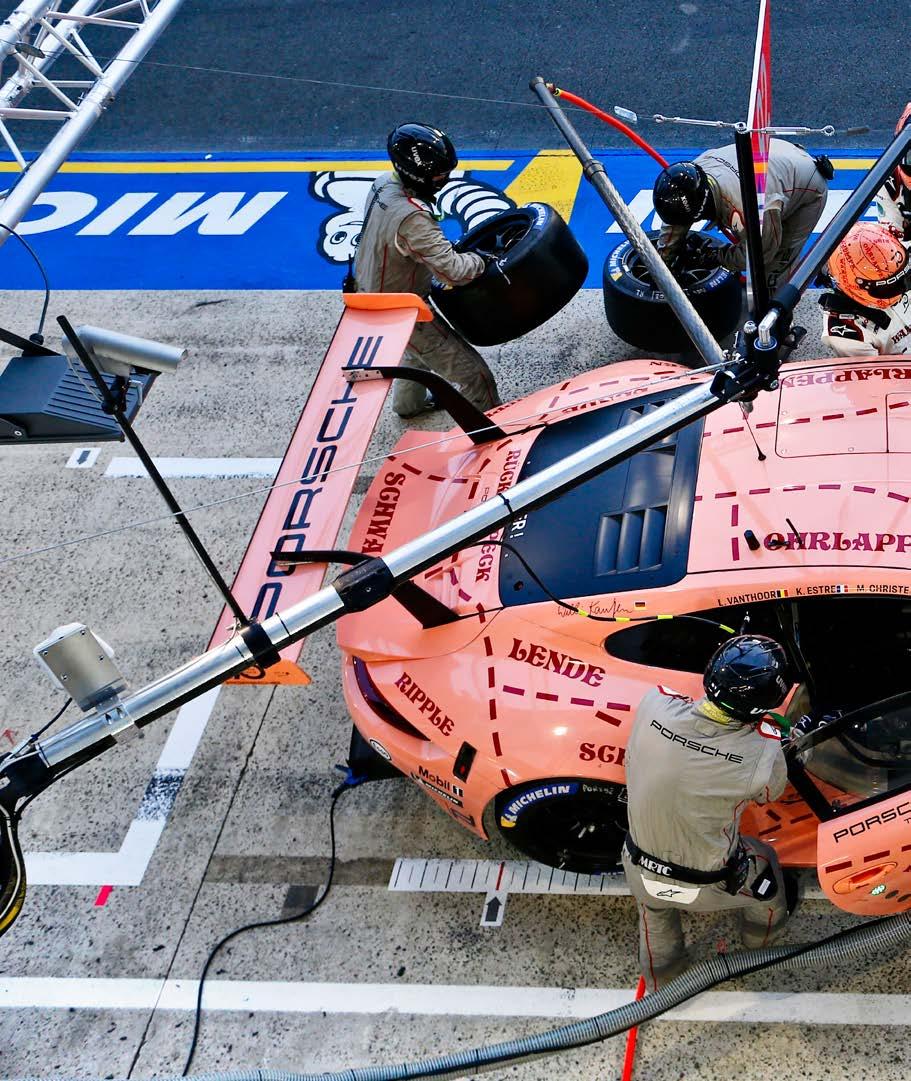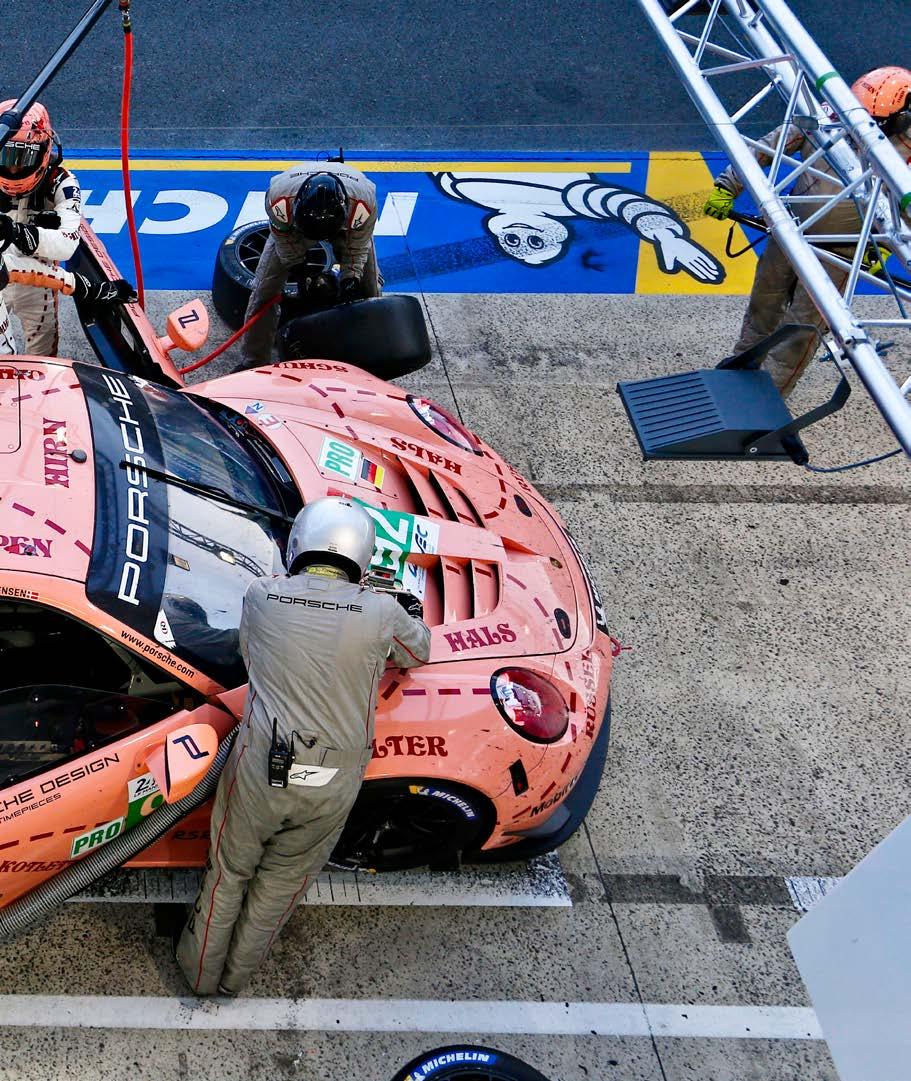


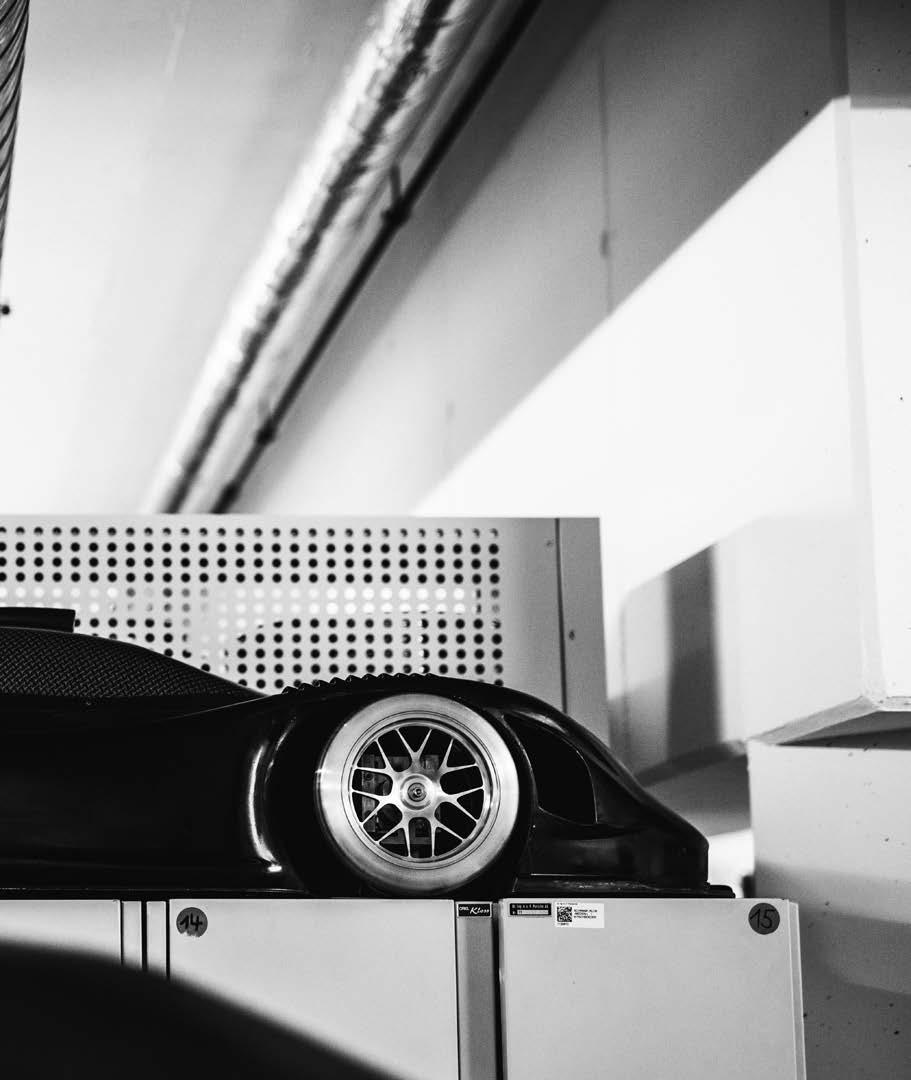


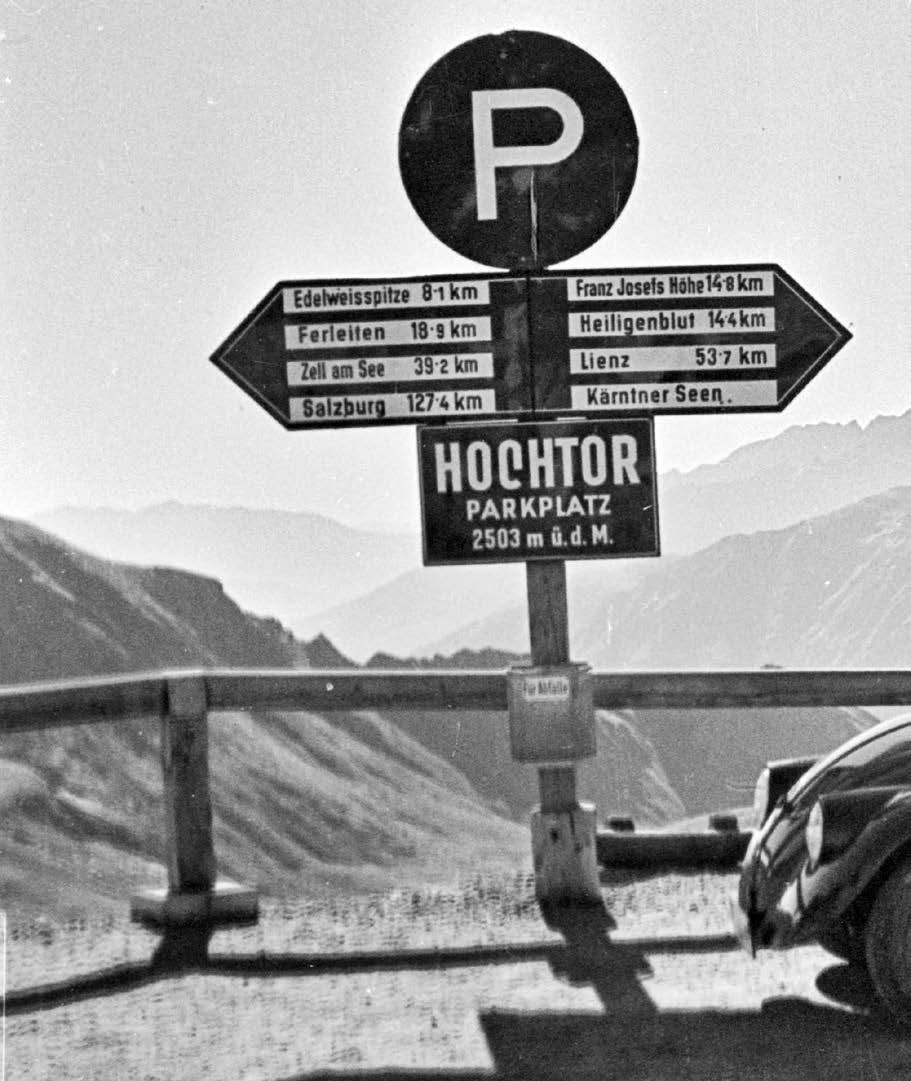
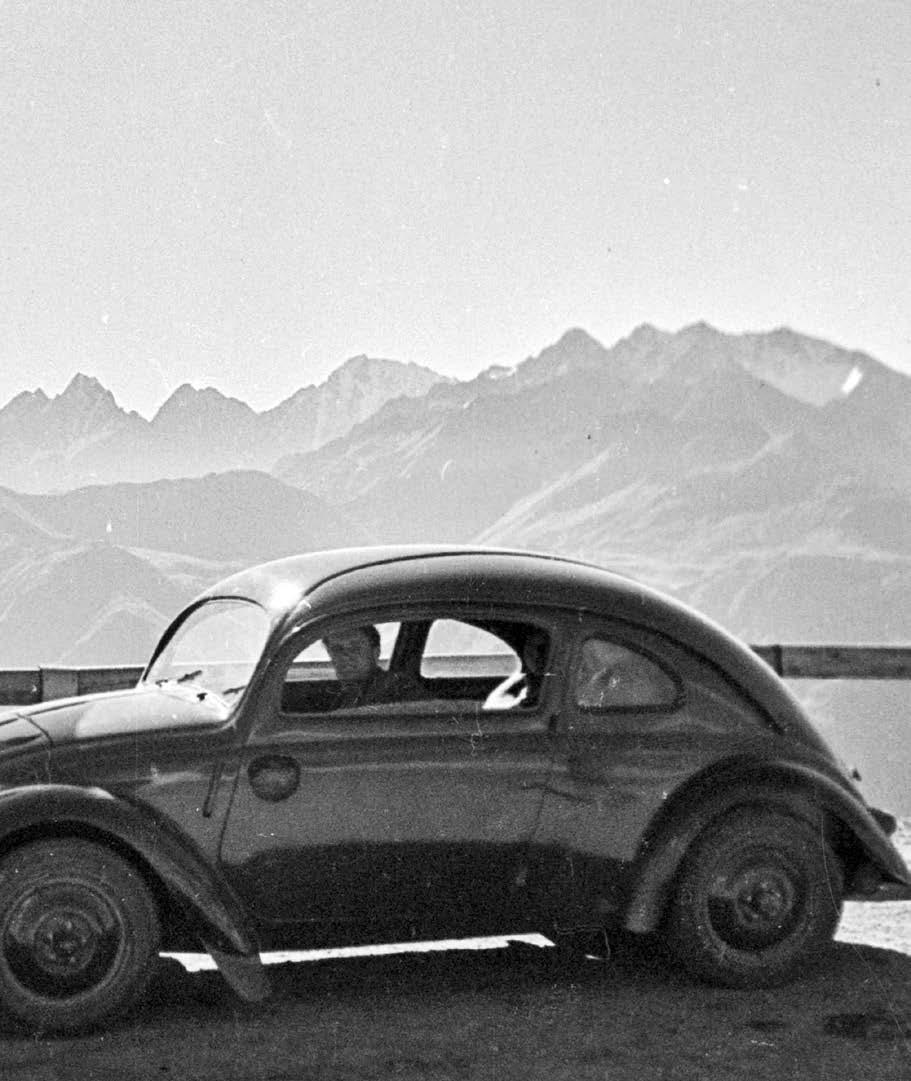

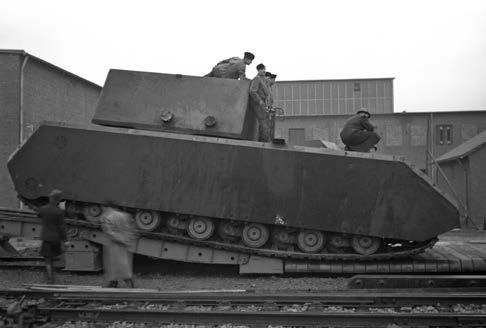
MAUS TANK MODEL
[1944]
THE NAME, WHICH SOUNDS SO SMALL AND CUTE, IS DECEPTIVE. MEASURING OVER TEN METRES LONG, ALMOST FOUR METRES HIGH AND WEIGHING 189 TONNES, THE 1944 MAUS IS ONE OF THE LARGEST AND HEAVIEST TANKS EVER BUILT. THE ENORMOUS WEIGHT ROUGHLY CORRESPONDS TO THAT OF 250 VOLKSWAGENS.
Deliberations on a design superior to all other tank weaponry in terms of armour and firepower led to a tank that was unprecedented in its size and weight.
The “Überschwere Panzerkampfwagen VIII” (SuperHeavy Armoured Fighting Vehicle VIII) – as it was officially called – was commissioned in March 1942. The tank commission of the Wehrmacht, chaired by Ferdinand Porsche until 1943, and Adolf Hitler hi mself awarded the development contract to the Porsche engineering office, where the tank was given type number 205. As noted by chief design engineer Karl Rabe in a drawing in January 1944, other companies were also involved in the development and construction in addition to Porsche, including Alkett (in whose Berlin fac tory the Maus was built), Škoda, Siemens and DaimlerBenz, who supplied the approximately 1,000 PS V12 engine.
Around the end of 1943 and beginning of 1944, two prototypes were built in quick succession, which subsequently underwent testing and test drives. However, they proved to be less mobile due to their vast weight and were more like rolling bunkers. Only one model has survived, captured by Red Army troops after the end of the war and put together from the lower section and turret of the two prototypes 205/1 and 205/2. It is now held in the Russian Tank Museum in Kubinka near Moscow. The corresponding models remain at Porsche – small enough to fit in the Porsche Corporate Archives today.

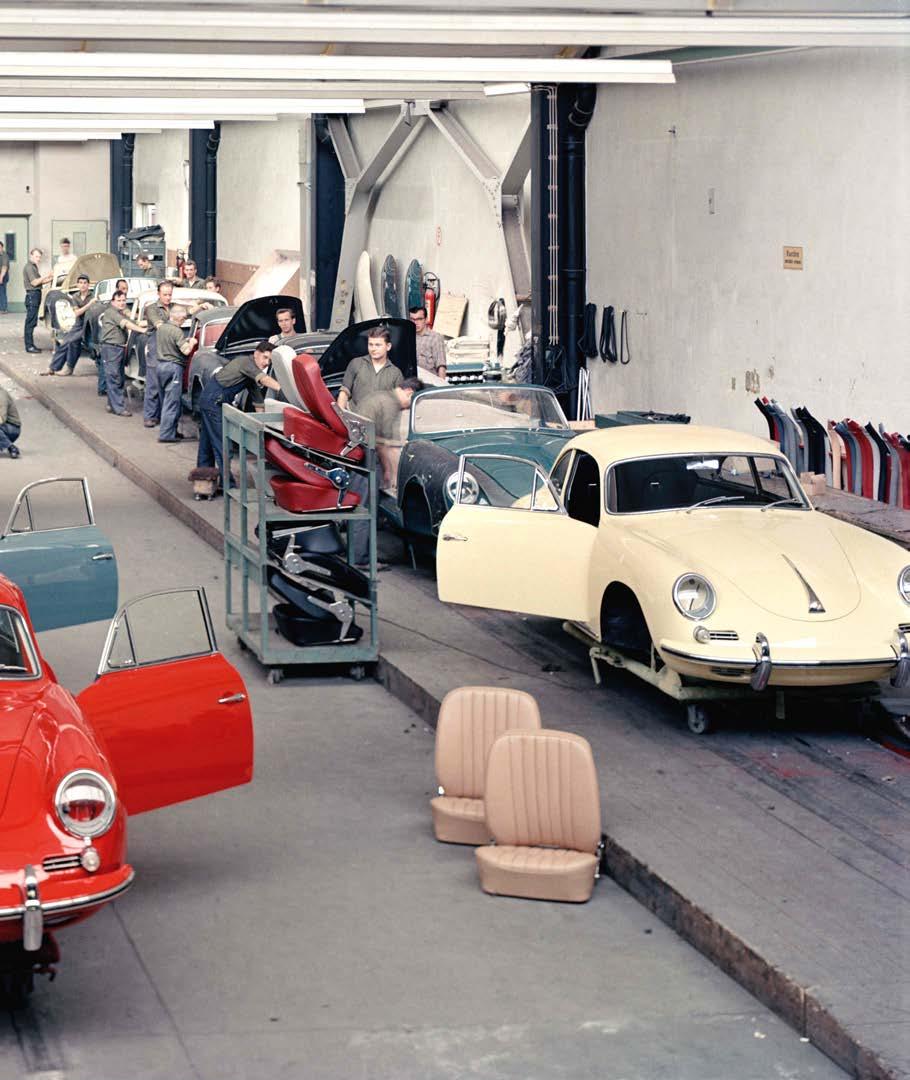

Herbert Linge and Peter Nöcker finished the 1965 24 Hours of Le Mans in fourth place overall in a 904/6. They additionally won the Index of Performance category as well as scoring a class victory.

LE MANS “INDEX OF PERFORMANCE” TROPHY [1965]
BETWEEN 1923 AND 1981, THE ORGANISER OF THE 24 HOURS OF LE MANS, THE AUTOMOBILE CLUB DE L’OUEST (ACO), AWARDED AN ANNUAL EFFICIENCY PRIZE CALLED THE INDEX OF PERFORMANCE. THIS WAS AN AWARD FOR THE CAR IN THE FIELD THAT MOST COMFORTABLY SURPASSED THE MINIMUM DISTANCE REQUIRED IN ITS CLASS.
As early as in 1955, this high profile assessment was won by the Porsche 550 Spyder, followed 10 years later by a 904 Carrera GTS. This marked the greatest triumph of a Porsche 904/6 – Herbert Linge and Peter Nöcker not only won the Index of Performance, but also secured victory in the prototype class of displacement of up to two litres and finished in fourth place overall. The works team’s 904 was a further development of the road legal racing car designed by Ferdinand Alexander “Butzi” Porsche and made of GFRP for the first time. In place of the two litre, four cylinder engine of the 356 Carrera 2, the 904/6 was equipped with the mod i fied six cylinder engine of the 911 with output of 210 PS at 8,000 rpm.
The 904/6 with starting number 32 crossed the finishing line at the end of the 4,507.5 kilometres travelled with an average speed of 187.8 km/h, trailing the winning team Masten Gregory and Jochen Rindt in a Ferrari 250 LM by 12 laps. The trophy in the shape of a jug presented to Herbert Linge and Peter Nöcker is just one of the many prizes that recognise top performances of all kinds in motorsport. “When the prize money was likewise presented at the award ceremony, the race winners looked on with envy as the Index winner actually got more than them,” reminisced Herbert Linge later in life, when asked about the 1965 24 Hours of Le Mans.




FERRY PORSCHE PARKING SIGN [1983]
NATURALLY, THE BOSS SHOULD NOT HAVE TO SEEK OUT A PARKING SPACE EVERY DAY. SO, A SPACE WAS RESERVED IN FRONT OF WERK 1 FOR DR FERDINAND ANTON ERNST PORSCHE. HERE, OVERLOOKING THE LARGE INNER COURTYARD, FERRY PORSCHE WOULD WORK IN HIS OFFICE ON THE FIRST FLOOR.
Following the return from Gmünd in Carinthia, Austria, to Stuttgart and the return of Werk 1 by the US Army to Porsche in 1955, it had become increasingly crowded around the red brick building on Schwieberdinger Strasse in StuttgartZuffenhausen. In the mid1980s, cars were parked everywhere, including directly in front of the large staircase that led up to the entrance to the management wing. Here hung a modestly sized sign measuring around 40 × 30 cen timetres, indicating that the parking space was reserved for Dr Porsche, Chairman of the Su pervisory Board.
Dr Porsche, who was self educated after finishing secondary school in 1928, received an honorary doctorate from Vienna University of Technology in 1965. When Ferry Porsche passed away in Zell am See on 27 March 1998, the era of the air cooled Porsche 911 in Zuffenhausen came to an end almost simulta neously. The sign above his parking space was taken down and handed over to the archives. A simple piece of metal, but a great piece of company history.
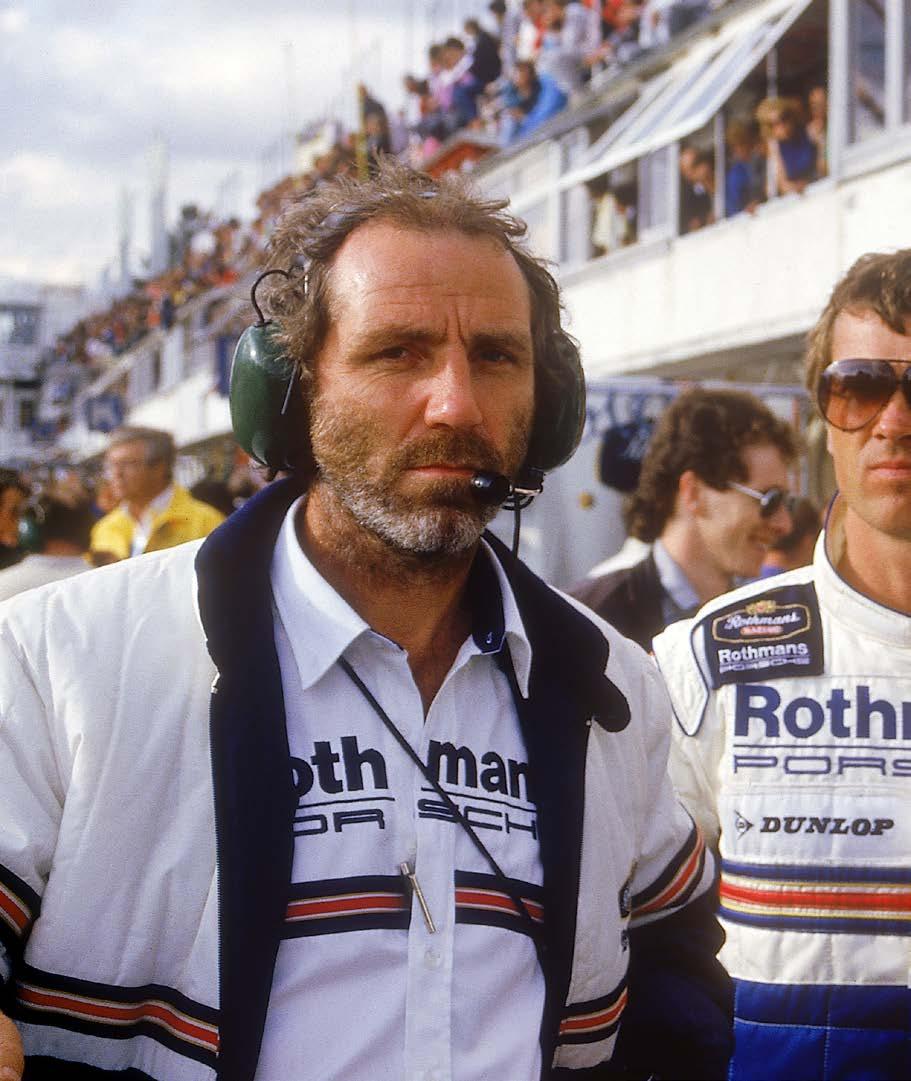

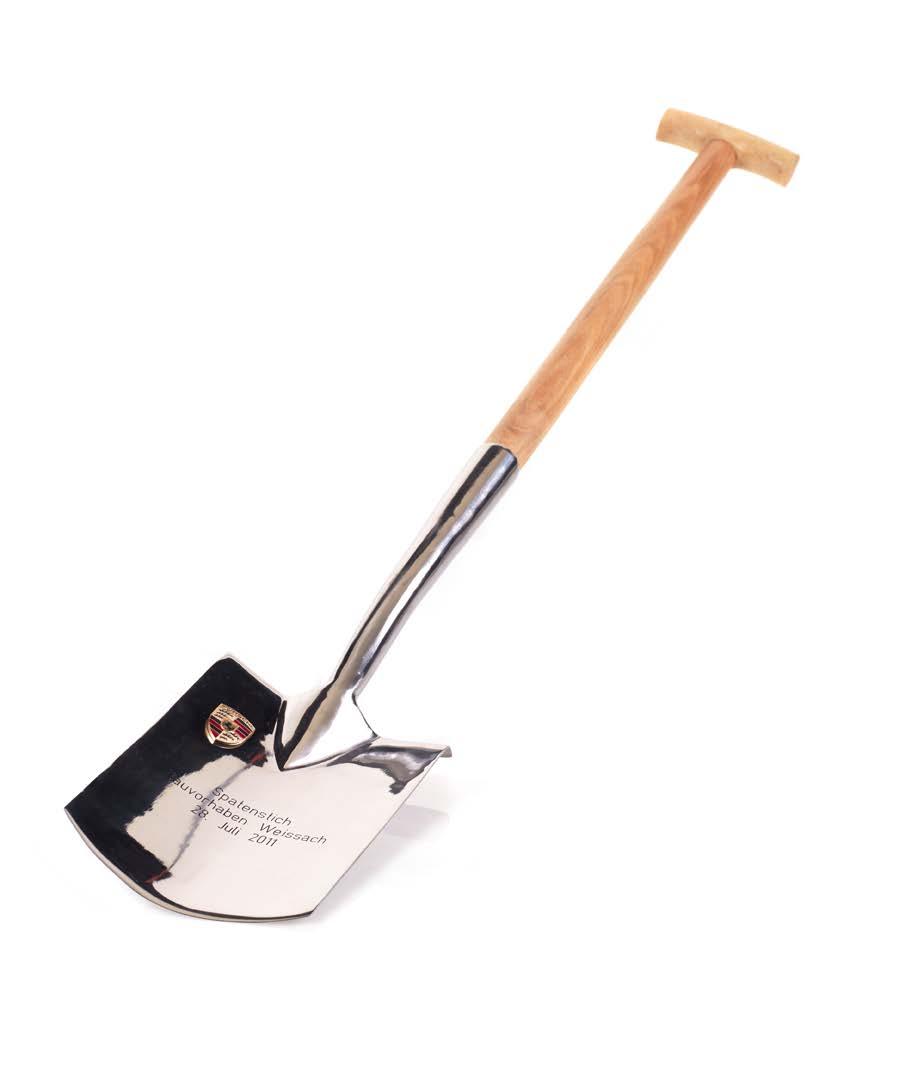
Ferry Porsche at the start of construction of the proving ground in Weissach on 16 October 1961. 40 years later, the groundbreaking ceremony was held for expansion of the Research and Development Centre.
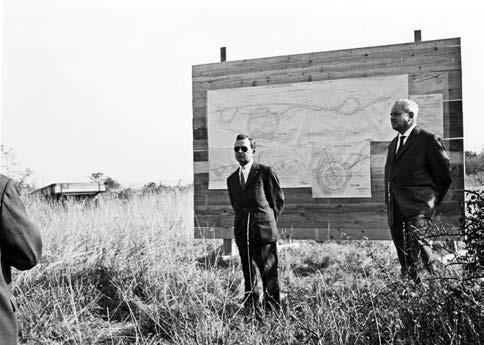
WEISSACH SPADE [2011]
IT MAY JUST BE A TOOL – A SPADE – BUT IT STANDS FOR NEW BEGINNINGS AND THE FUTURE. ONCE AGAIN. IN 1961, WORK BEGAN ON PORSCHE’S OWN TEST TRACK IN WEISSACH. 50 YEARS LATER, A SYMBOLIC GROUND-BREAKING CEREMONY HELD ON 28 JULY 2011 MARKED THE START OF THE EXPANSION OF THE RESEARCH AND DEVELOPMENT CENTRE.
Ideas of establishing this kind of facility had been around since the 1950s, when motorsport and road usage were still the testing ground for new cars. Herbert Linge, mechanic, test driver and also works driver, was the one to reveal an important piece of in formation to Ferry Porsche: in his home town of Weissach, 25 kilometres west of Stuttgart, there was ample space to build a test track. On 29 January 1960, “Project Weissach” was officially documented for the first time in a memo with sketches. On 16 October 1961, company boss Ferry Porsche turned the first sod on construction phase 1 of the new test site.
Test tracks and a circular track were built, and shortly after completion, the Porsche 901 was ready for series production in Weissach. In October 1971, 500 employees from the Development and Motorsport departments moved to Weissach, with Porsche Style following in 1972. In 1986, Porsche opened the world’s most modern wind tunnel in Weissach. The groundbreaking ceremony led by Porsche CEO Matthias Müller in July 2011 marked the beginning of the next chapter in the expansion of the facilities in Weissach. Within ten years of this, around 6,700 engineers and employees were working there on an area of around 100 hectares. And the Weissach Development Centre still con tinues to grow.
